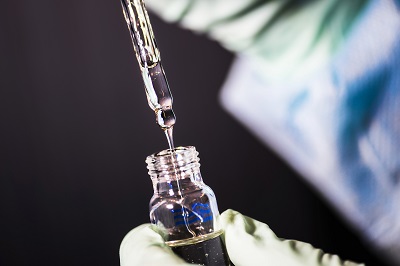What is D-Class Medical Device Registration in Indonesia MOH?
In Indonesia, medical devices are classified into four classes (A, B, C, and D) based on the level of risk associated with the device. D-class medical devices are considered low-risk devices. These are typically devices that pose minimal risk to patient safety and health, and their use does not involve invasive procedures.
Examples of D-class devices may include:
- Simple diagnostic tools (e.g., thermometers, stethoscopes)
- Low-risk devices that do not come in direct contact with the body or are non-invasive.
The registration of a D-class medical device in Indonesia is governed by the Ministry of Health (MOH), specifically under the jurisdiction of the National Agency of Drug and Food Control (BPOM).
How to Apply for D-Class Medical Device Registration in Indonesia?
The process for registering a D-class medical device with the Ministry of Health (MOH) in Indonesia generally involves the following steps:
1. Appoint a Local Authorized Representative
- Before applying for registration, you must appoint a local authorized representative or distributor in Indonesia. This entity will submit the application and represent you before the Indonesian authorities.
- The local representative is responsible for ensuring the product meets Indonesian regulations, submitting the required documentation, and facilitating communication with BPOM and the Ministry of Health.
2. Ensure Compliance with Indonesian Standards
- Ensure that your device complies with Indonesian medical device standards. The BPOM will assess whether the device meets the safety, quality, and performance standards required for approval.
3. Prepare the Required Documentation
The following documents are typically required for D-class medical device registration:
- Certificate of Free Sale (CFS): This is proof that the device is legally sold and marketed in the country of origin (or another country where the device is approved).
- Product Description: A comprehensive description of the medical device, including its intended use, technical specifications, and the manufacturer’s details.
- Risk Classification Documentation: Proof that the device falls under the D-class category, indicating it is low-risk.
- Quality System Documentation: Typically, you will need to provide evidence that the manufacturer follows international quality management standards such as ISO 13485 or other relevant certifications.
- Device Labeling and Instructions for Use: The device must be labeled according to Indonesian requirements, including the use of the Indonesian language.
- Importation and Distribution Details: Information about the local importer/distributor or representative, who will handle the distribution of the device in Indonesia.
4. Submit Application through the e-Registration System
- The registration process is conducted through the e-Registration system managed by BPOM. Your local representative must log into the system to submit the application online.
- The application form should include all necessary documentation, and the registration fee (if applicable) must be paid.
5. Document Review and Evaluation
- BPOM will review the application and all submitted documents. This review ensures that the device meets all relevant regulations and standards. For D-class devices, the process is generally quicker than for higher-risk devices, but BPOM will still verify compliance.
6. Issuance of Registration Certificate
- If BPOM finds that the product meets all necessary requirements, they will issue the registration certificate (or Certificate of Registration) for the medical device. This allows the device to be legally marketed and distributed in Indonesia.
7. Post-Market Surveillance and Compliance
- After receiving registration, manufacturers and their local representatives must comply with post-market surveillance regulations, including monitoring product performance and reporting adverse events or product defects.
- This includes ensuring that devices continue to meet safety and quality standards during their use in Indonesia.
Key Requirements and Considerations:
- Language: All documents submitted must be in Indonesian or accompanied by certified translations into Indonesian.
- Local Representation: A local representative (distributor or agent) is a requirement for the registration process.
- Quality Management Systems: Manufacturers should follow internationally recognized quality management standards (e.g., ISO 13485).
- Registration Validity: The registration is typically valid for 5 years, after which it needs to be renewed.
Timeline for D-Class Medical Device Registration:
- The registration process for a D-class medical device is generally faster compared to higher-risk categories, but it can still take several months depending on the completeness of the submission and BPOM’s workload.

Contact Us:
Whatsapp or Wechat:+86 15816864648;email address:hito.lin@grzan.cn
.png)
.jpg)

.png)

.png)